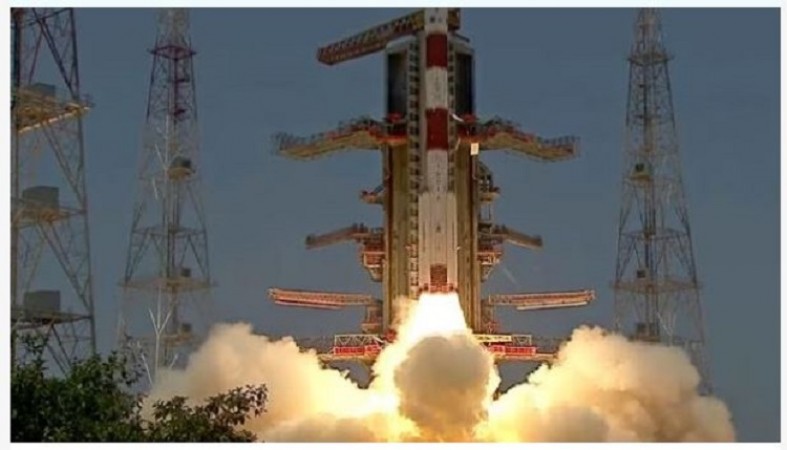
Aditya-L1 LAUNCH: Today, on September 2, 2023, the Indian Space Research Organisation (ISRO) achieved a significant milestone with the successful launch of the Aditya-L1 Solar mission from the Satish Dhawan Space Centre. Aditya-L1 represents a groundbreaking space-based observatory dedicated to the study of the Sun, and its journey commenced with the dependable Polar Satellite Launch Vehicle (PSLV) from ISRO.
Following its launch, the spacecraft will initially enter a Low Earth Orbit. Subsequently, a strategic maneuver will transform its orbit into a more elliptical one, paving the way for its eventual trajectory towards the Lagrange point (L1). ISRO outlined this plan in an official statement.
As the spacecraft embarks on its journey towards L1, it will gradually depart from the gravitational influence of Earth, entering a cruise phase. Eventually, it will be inserted into a spacious halo orbit encircling the L1 point, as elaborated by ISRO.
L1 is positioned approximately 1.5 million kilometers away from Earth, directly in line with the Sun. The spacecraft is expected to cover this vast distance in the span of four months.
Upon reaching L1, Aditya-L1 will be skillfully maneuvered into an irregularly shaped orbit, oriented roughly perpendicular to the imaginary line connecting Earth and the Sun. This unique orbit will serve as its operational domain throughout its mission.
The primary objective of this mission is to deepen our understanding of the solar atmosphere, solar wind distribution, temperature anisotropy, and other related phenomena. Aditya-L1 will remain at a distance of approximately 1.5 million kilometers from Earth, continuously facing the Sun, which is equivalent to roughly 1% of the Earth-Sun distance.
It's worth noting that Aditya-L1 is a fully indigenous endeavor, proudly involving national institutions such as the Indian Institute of Astrophysics and the Inter-University Centre for Astronomy and Astrophysics in Pune.
The mission's launch was facilitated by the PSLV-C57 rocket, and Aditya-L1 is equipped with seven specialized payloads designed to observe various aspects of the Sun, including the photosphere, chromosphere, and corona, across a range of wavelengths. Furthermore, in-situ instruments onboard the spacecraft will collect valuable data from the local environment at the L1 point.
The successful launch of Aditya-L1 represents a significant step forward in our quest to unravel the mysteries of the Sun and advance our knowledge of our solar system.